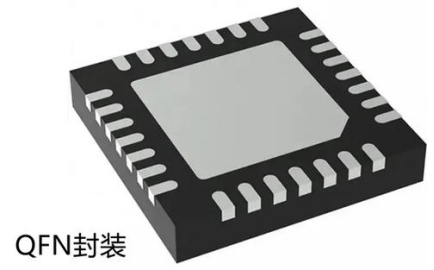What should I do if the solder paste does not adhere to the pads?
Solder paste not adhering to the pad is a common problem in electronic soldering, usually caused by oxidation, contamination, insufficient temperature or solder/flux problems. The following are the de
Solder paste not adhering to the pad is a common problem in electronic soldering, usually caused by oxidation, contamination, insufficient temperature or solder/flux problems. The following are the detailed troubleshooting and solutions:
I. Possible causes
Oxidation or contamination of the pad surface:
The surface of the pad may oxidise due to prolonged exposure to air, forming an insulating layer that prevents the solder from adhering.
Pad surface may be stained with dust, oil or other impurities, affecting the adhesion of solder.
Improper use of flux:
Flux helps to remove oxides and promote the flow of solder, but under-use, over-use, or use of an inappropriate flux may result in the pad not adhering to the solder paste.
Improper soldering temperature:
Soldering temperatures that are too low and unstable and inconsistent oven temperatures may result in solder that does not adequately melt and adhere to the pads. The surface tension of the melted solder is too high to cover the entire pad, and the wetting angle is too large.
Soldering temperature is too high then may damage the pad or component, also affect the soldering effect.
Poor quality solder wire / paste:
Poor quality solder wire/paste may contain impurities or improper alloy ratio, resulting in poor soldering performance, difficult to adhere to the pad.
Solder pad design problems:
The pad spacing is too small, irregular shape or poor plating may lead to soldering difficulties, the phenomenon of non-adhesion of solder paste.
II. the solution
Clean the pad surface:
Use an eraser or sandpaper to gently polish the surface of the pads, or plasma clean the surface of the pads to remove the oxide layer or contaminants. Clean the pad to ensure that the surface is free of dust, oil and other impurities.
Use flux correctly:
Ensure that the proper amount of active flux is used to remove oxides and promote solder flow.
Clean the pads before soldering to avoid flux residue affecting soldering results.
Adjust soldering temperature:
Adjust the soldering temperature to the appropriate range according to the specification of the solder and the pad material.

Avoid too low or too high temperatures to ensure that the solder can fully melt and adhere to the pads.
Replacement of reliable quality solder products:
Select solder products with reliable quality and appropriate alloy ratio to improve soldering performance.
Improve pad design:
Redesign the pad layout to ensure proper pad spacing and regular shape.
Improve the quality of the pad coating to improve soldering reliability.
III. preventive measures
Keep the soldering environment clean:
Regularly clean the welding bench and tools to avoid dust, oil and other impurities contaminated pads.
Regularly check and maintain the welding equipment:
Ensure that the welding equipment (such as soldering iron) is in good condition, regularly check the temperature control accuracy and the performance of the heating element.
Use appropriate soldering materials and processes:
Select appropriate solder paste, solder wire, flux and other materials according to the soldering requirements.
Follow the correct soldering process to ensure the quality of soldering.
Through the above methods, you can effectively solve the problem of pads not adhering to solder paste and improve the quality and reliability of soldering.
更多推荐
 已为社区贡献2条内容
已为社区贡献2条内容







所有评论(0)